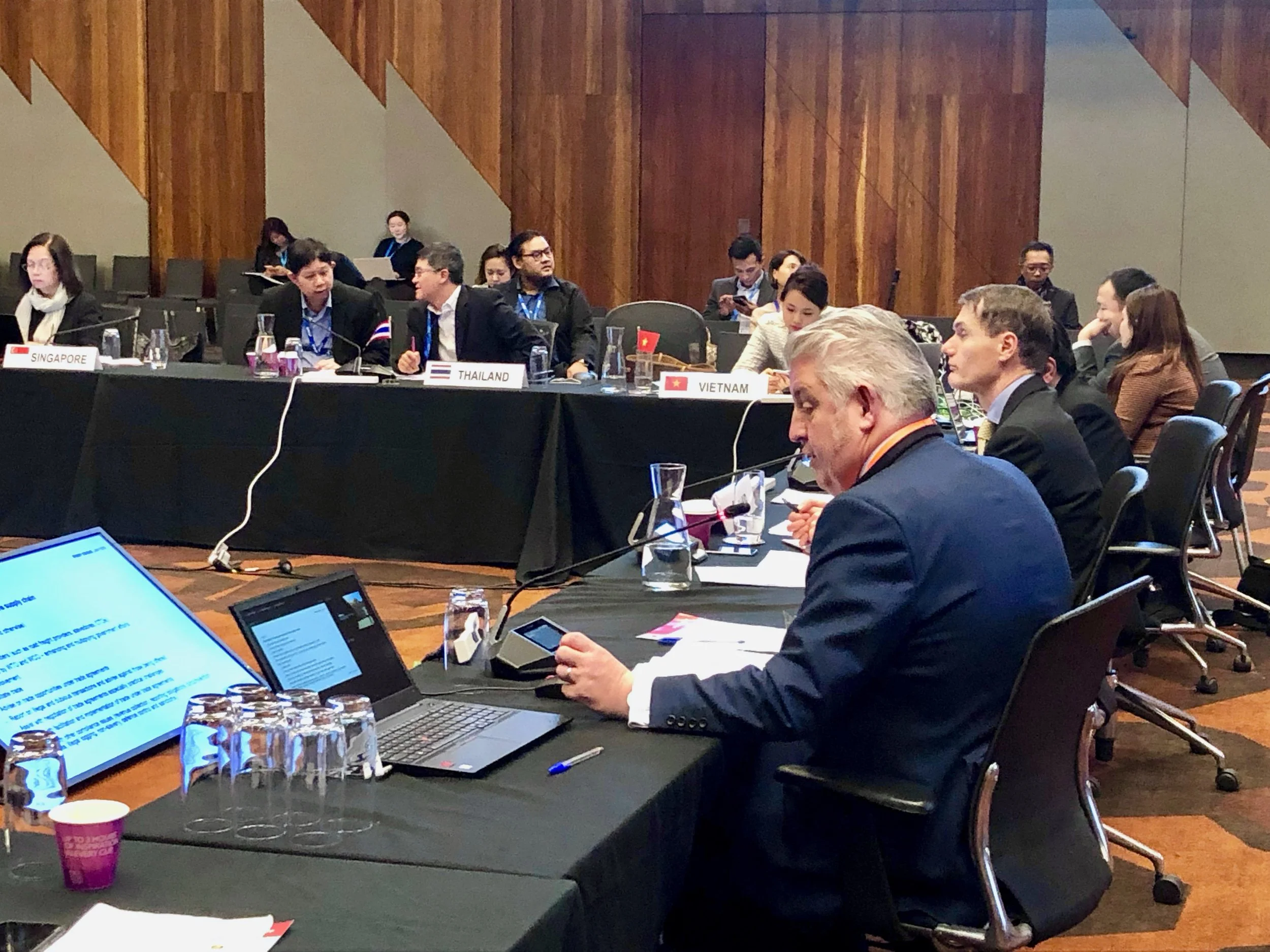The extreme level of disruption appears to have caused firms to finally think seriously about their existing supply chain footprints. Companies in multiple sectors have now vowed to develop more resilient chains. In many cases, firms have supply chains that have evolved organically, with little coherent planning. Staff, to pick one example, often run disparate parts of global firms from locations that may not make sense if viewed from the perspective of today. Companies might have an office in one location that was originally set up because a key staff member liked the area, only to watch it evolve into a much larger operation than ever anticipated at the outset. Companies typically do not design supply chains from scratch, but bolt on different parts over time, as the firm grows or acquires new companies or moves into new sectors. The net result is often supply chain footprints that actually make little rational sense. Warehouses might be located in places that no longer have the transport links originally intended. Traffic, as an example, could be so heavy that goods are stuck in transit much longer than planned. With so many staff locked down in houses or slowly venturing back to offices, it makes sense to seize the opportunity to re-examine supply chains and determine whether and how the existing footprint can be adjusted to cope with new stresses.
Trade Without A Referee
The game of football is basically the same all over the world. Kids can learn the game in Morocco, Brazil, Laos or Germany secure in the knowledge that they might all one day compete together in the World Cup. They can sleep soundly at night because the rulebook is the same and because the referees that enforce the rules on the pitch do so in a broadly consistent manner. Both parts are important. If kids in various countries had the same rulebook, but enforcement varied by a lot in different places, it would not be possible to play the same game anymore. If what counted as a penalty was widely different in Morocco from Germany, or the total number of players allowed on the field was different in Laos from Brazil, the game would no longer be the same even if the “rulebook” were officially identical. We are about to find out what happens if the referees simply vanish from the pitch entirely. How long will players keep following the same rules before local variations of the game appear? Without a referee to maintain order, how will players behave in each match? How long will the global game continue at all? Before football fans panic, this problem is not actually found in football, but in the global trade arena. The referees are a much more obscure group of just seven individuals known as the Appellate Body of the World Trade Organization (WTO). Today in Geneva, the referees were officially pulled off the trade pitch.
Using RCEP: Creating Products for Asia
Under RCEP, however, the shampoo company can make shampoo safe in the knowledge that—as long as the content in the bottle comes from anywhere in the 15 markets in Asia meeting the ROOs for RCEP—it can be shipped to any of the 15 markets in Asia without any changes in formulation. Given the size and diversity of these markets, this is a significant advantage to all Asia-based firms. Even better, under RCEP, firms will need to fill out only one sheet of paper to prove that their products “qualify” for origin. The new RCEP certificate of origin (CO) should reduce costs and time for companies. The extent of the benefits, ie, the lower tariffs on offer, will vary in RCEP. In some instances, the gap between the MFN rate or existing FTA benefits and new RCEP rates may be small. But the ability to ship products, like shampoo, across all of Asia without change in formulation, is still extremely significant. It means that firms will be competitive in markets that they may never have considered in the past. This apparently small element of RCEP is likely to be game changing. Companies should start preparing now to use this trade agreement.
RCEP: Reaching Substantial Conclusion?
Missing from all this cooperation, however, has been a mechanism to integrate the whole of Asia together in a meaningful way. RCEP provides this template. “Substantial conclusion” will not mean that people will be eagerly reviewing the texts and schedules on November 5. There are two reasons for a delay in seeing the contents. First, officials have been frantically switching, dropping and including provisions over the past few weeks in the sprint to the finish line. Most of these elements have been under discussion for years. RCEP officials started working on the deal at the end of 2012. However, in the final push to get an agreement done, sensitive items actually have to get addressed and dealt with one way or another. To ensure consistency across the document, the lawyers will need to carefully review the entire deal from start to finish. The need for a careful legal scrub is not unique to RCEP. Most trade agreements require something similar and ought to be welcomed by all. The worst outcome would be to have a deal riddled with flaws that need correction later.
RCEP: Filling a Critical Gap in Asia’s Economic Architecture
While Asia has been an exporting powerhouse for decades, it has not been particularly focused on buying and selling goods and services to neighbors. This is changing. One thing that is missing, however, is a structure to manage an evolving economic landscape for Asia. The existing institutional arrangements do not suit a future order very well. There are only two organizations that might play a role: the Association of Southeast Asian Nations (ASEAN) and Asia-Pacific Economic Cooperation (APEC). The former consists of 10 countries in Southeast Asia while the latter includes 21 members, many of whom are not in Asia. However, 16 countries have spent years working on a trade arrangement for Asia: the Regional Comprehensive Economic Partnership (RCEP). The 16 member governments (Australia, Brunei, Cambodia, China, India, Indonesia, Japan, Laos, Malaysia, Myanmar, New Zealand, the Philippines, Singapore, South Korea, Thailand, and Vietnam) are struggling to complete negotiations on the FTA for November. The stakes for RCEP are greater than most participants imagine. If the world is, indeed, watching a new “Berlin Wall” moment, RCEP is likely to become a critically important part of the new world order. It is the only readily available platform for managing trade and economic issues in Asia.





